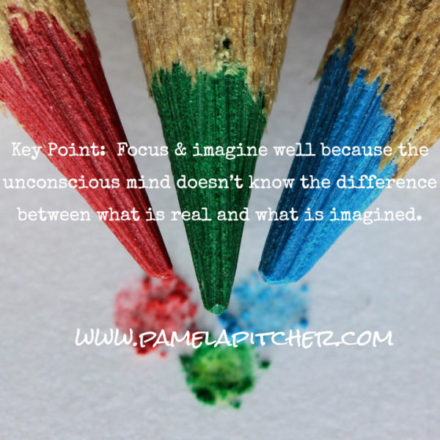
Do You Want Peace & Happiness?
They say gratitude is the best attitude. If you’re not feeling happy or positive, sometimes it can be difficult to feel grateful yet gratitude is the way out of a funk. It’s helpful to understand the neuroscience behind it.
According to UCLA’s Mindfulness Awareness Research Centre, regularly expressing gratitude literally changes the molecular structure of the brain, keeps the grey matter functioning and makes us healthier and happier. When you feel happiness, the central nervous system is affected. You are more peaceful, less reactive, and less resistant. And gratitude is the most effective practice for stimulating feelings of happiness.
Thich Nhat Hanh is a global spiritual leader, Vietnamese Buddhist monk, poet and peace activist who has a Mindfulness Practice Centre in France called Plum Village. Some of his wisdom:
“It is possible to live happily in the here and now. So many conditions of happiness are available – more than enough for you to be happy right now. You don’t have to run into the future to get more.”
Run into the future. I love that. The future is often a source of anxiety and worry for many of us. Or it’s a place we run to in our heads if we aren’t happy with our current situation. Many people spend more ‘time’ in their heads in the future than the present. And others relive their past over and over again dredging up scenarios of ‘why me?’. Neither of which brings any peace.
When I ask my clients what they want, ultimately, they say “Peace and Happiness”. To achieve these states of mind, we have to learn to train our brain for the good.
The brain is like a computer. Our conscious mind is the keyboard and our subconscious mind the hard drive. What we input into our subconscious mind will determine how we feel because it communicates with feelings and emotions.
If I consciously stew about what bad things happened to me in the past or worry about what negative scenarios could happen in the future, my subconscious mind will deliver up those feelings of sadness and sorrow leaving me feeling downcast or depressed. If, on the other hand, I focus my mind on the good and positive things in my life, I will feel happy, cheerful, joyful and content.
Practicing gratitude is a hugely important exercise to get your brain in shape and it’s easy to do. Everyone has something in their lives every day for which they are grateful for if only they can open their eyes to the infinite possibilities. It works because it slowly changes the way we perceive situations by adjusting what we focus on.
In my life there has been a woman named Doris for over 50 years. She is the mother of my oldest and dearest friend. She was like a second mom to be. She passed away last week. Thankfully she went quickly with little pain. She had lived a good, long life.
Of course I have shed tears and am grieving because she was an important part of my life. But more than anything, I am grateful for this dear lady who was shelter, hope and love for me at some of the darkest times in my life. And she was also there for many of the happiest times in my life. I am a better person for Doris. She has been one of my many blessings and for that, I am more than thankful for our time together.
Just writing these words, I feel her love inside of me and that’s a very good thing!
When we take the time to ask ourselves what we are grateful for, certain neural circuits in our brain are activated. The production of dopamine and serotonin increases, and these neurotransmitters then travel neural pathways to the “bliss” center of the brain. Therefore, practicing gratitude can be a way to naturally create feelings of contentment without the use of antidepressants.
Tips for Practicing Gratitude
Be specific as possible to keep it interesting. For example, I could say ‘I am grateful for my family’ OR I could say ‘I am grateful for the smile my child gave me last night after I read her a bedtime story. The love I felt for her that moment was amazing.’
Make a game of noticing new things each day.
Be realistic as to when you set aside the time. Trying to stuff gratitude into your day just before bed is a recipe for quitting because it becomes a hassle instead of a joy.
Make it fun by mixing it up.
Keep a Gratitude Journal – write in it daily
Write a Gratitude letter to someone you’ve never properly thanked
Gratitude Jar – the entire family can participate
Accept the 100 Happy Days Challenge
As I write this blog, today is Day 94 of my 100 happy days. Everyday, I take a photo of something I am grateful for and post it on social media. I particularly like this because I have to consciously FOCUS my brain, every day, seeking my gratitude share and then say something about it on social media.
#100happydays

Sorry, the comment form is closed at this time.